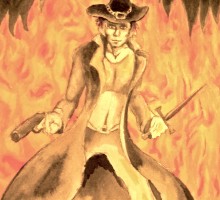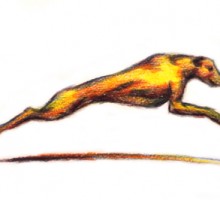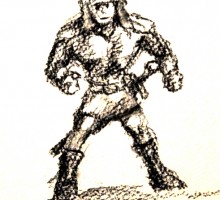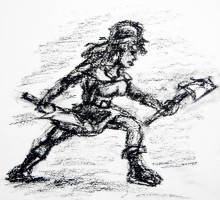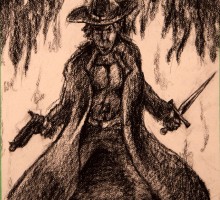It may sound incredibly obvious, but in real life, the most common way for us to understand someone’s personality is when we hear them talk: the words they say, the way they say it, the topics, the tone, and the body language. And yet, sometimes in stories, we skip conversation for interior thoughts, assumptions, and the narrator telling us why someone is doing what they are doing. Why? Why ever replace a powerful relevant conversation that has a place in the story with exposition (non-dialogue) instead? This is something I’ve caught myself doing recently and am trying to fix. I think the answer is it’s easier. But easier isn’t better. Those words, even if they’re incredibly obvious and expected, help build character in a way that actions and expressions don’t.
I remember when I was a teenager, before Kindle and story samples online, that I would flip through books to get a sense of writing style before buying a book. And I would put one back down that had too little conversation (I remember some with almost none). I didn’t know why, but those books felt sterile and dense to me. They weren’t as fun or easy to read.
Dialogue is a great benefit to our writing. Don’t neglect an easy benefit to your writing! Let your characters talk…
______________________________
I had some fun painting the Broken Cowboy / StoneDragon cover image. It’s not done yet, and this was a quick snapshot with a cheap camera in bad lighting, but I’m looking forward to when it’s done. I’m also on vacation, getting a little bit of momentum going again on the story, which is nice. At this point, I’m just focused on ‘chopping wood and drawing water’, getting the revised words on page and letting any judgement on quality wait until the end. The only thing worse than an imperfect book is no book at all!
